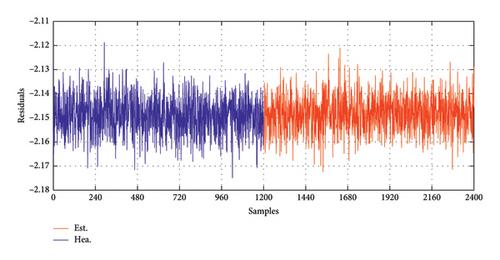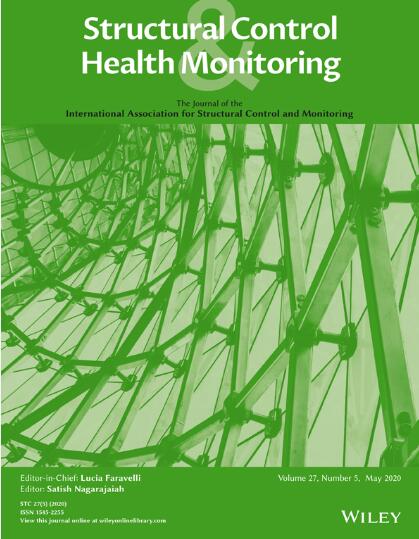Structural Damage Classification in Offshore Structures Under Environmental Variations and Measured Noises Using Linear Discrimination Analysis
Abstract
Changing environmental conditions and measured noises often affect the dynamic responses of structures and can obscure subtle changes in the vibration characteristics caused by damage. To address this issue, a new method for classifying damage in offshore structures under varying environmental conditions and measured noises is proposed using linear discrimination analysis (LDA). Two sets of data on dynamic characteristics, one from healthy structures and the other from unknown testing structures, are used to determine the optimal projection vector. This vector is perpendicular to the discriminant hyperplane and is used for damage classification. The damage-sensitive features are extracted by projecting both sets of data onto this vector. These features are then used with the hypothesis test technique to determine the condition state of the testing structure. Numerical studies on offshore wind turbine structures and experimental validations of a deep-sea mining system are being conducted to evaluate the effectiveness of the proposed approach. The study also examines the impact of mode combinations, measured noises and samples on the performance of the approach. The results indicate that the proposed approach can accurately assess the structural health state even in the presence of environmental changes and noise contamination, even with limited samples. The promising performance of the approach will facilitate the establishment of an online structural monitoring system to ensure the safety of offshore structures.


 求助内容:
求助内容: 应助结果提醒方式:
应助结果提醒方式:


